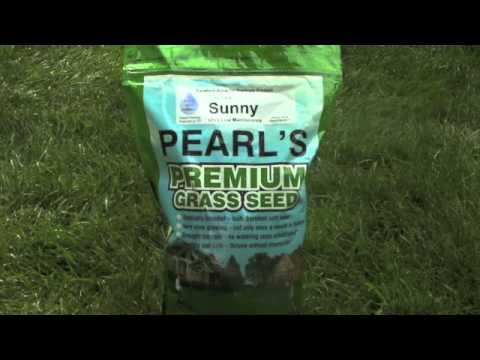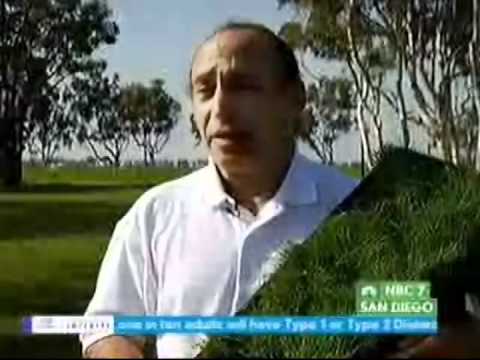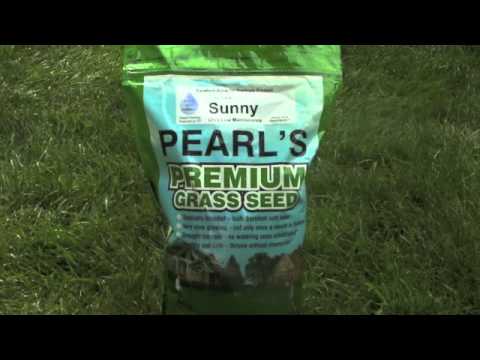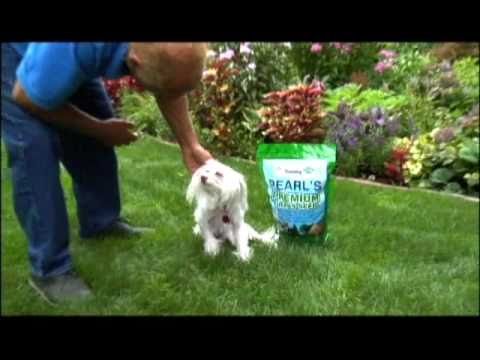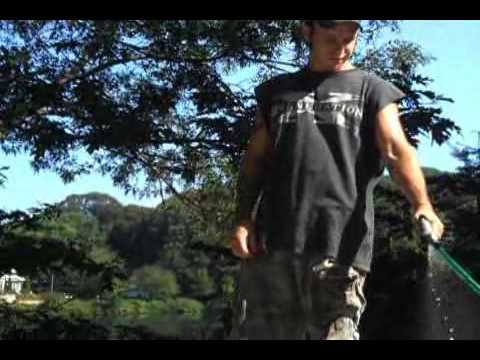Sequestering Carbon in Your Back Yard... Let's Do It!

 There's a lot of lawn out there. NASA used its Earth Observatory (see map) to estimate over 40 million acres of lawn! That's 3x the amount of area sowed in corn. That's the largest irrigated crop in America. That's big!
There's a lot of lawn out there. NASA used its Earth Observatory (see map) to estimate over 40 million acres of lawn! That's 3x the amount of area sowed in corn. That's the largest irrigated crop in America. That's big!
Not convinced? Play find the city... Atlanta, Dallas, Phoenix, Las Vegas. All of those green splotches are major suburban lawn systems. Look even closer and you can make out the traces of major highways (yup lawns are traveling!).
That's a big cause for concern - if you're talking about the high maintenance, chemical-dependent kind - or a cause for hope - if your thinking sustainable. Numerous studies have explored the impact of lawns on our environment (NASA, 2005; Roberts, 1992; Qian, 2007) - to name a few) and the insights are clear and compelling.
On the one hand - a high maintenance lawn - requires substantially more inputs (kinda by definition, right?). It requires more mowing, more watering and more chemicals to survive. It looks great but at a cost... a cost to your pocketbook, your time, our precious water resources and - most important - people, pet and planet health. We've talked about that before and we'll revisit the hazards of lawn chemicals.
What's exciting is that you can have a beautiful lawn and save the planet too! You see, grasses have dramatically different carbon : oxygen profiles. The traditional bluegrass lawns we all grew up with (and mostly still have) have a 1 : 1 carbon oxygen profile; in a given day they produce no more oxygen than carbon... Not Good! We'd like our lawns to throw off a lot of oxygen and capture carbon to be stored in the grass roots (yeah, and look good too). It turns out we can! Studies have shown that fescue grass species - including Pearl's Premium with its 12" deep roots and super slow growth - can generate much more oxygen than carbon in a day... 5,760 times more, in fact.
That's like having a oxygen-producing carbon sink in your own backyard!
Want your own oxygen tent? 50 square feet of fescue grass cut three plus inches tall produces as much oxygen as a family of four consumes breathing. So, plant 50 for your family and 50 or 500 for the rest of us!




